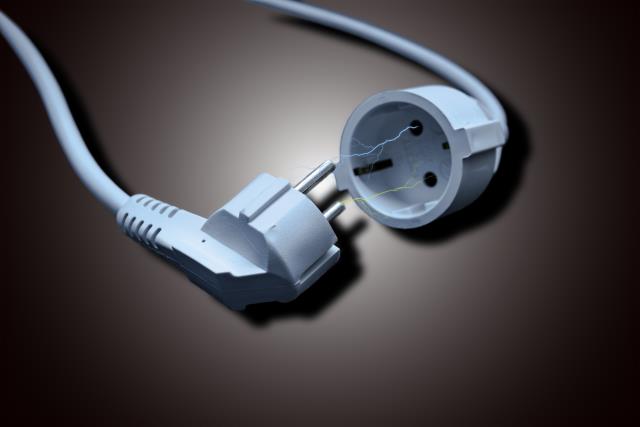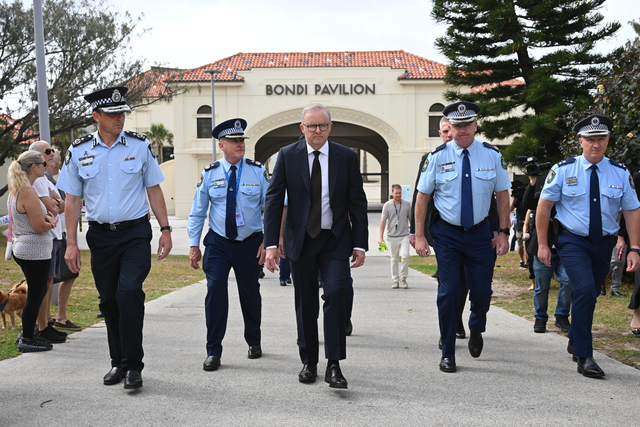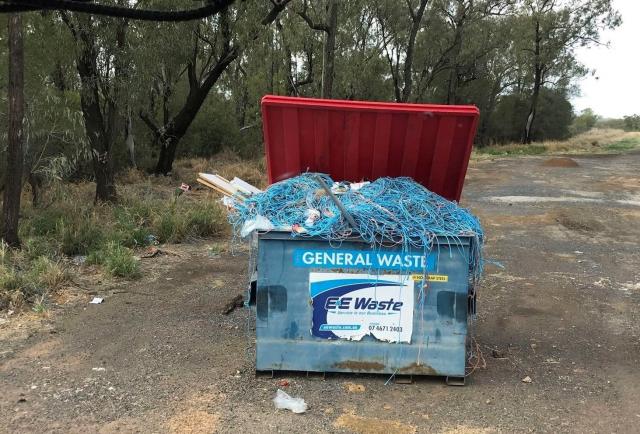Neighbourhood batteries have been promised by the Labor party if its re-elected.
Yarra Ranges, Knox and Cardinia LGAs would benefit from the government-owned energy.
The pledge involves reviving the State Electricity Commission (SEC) and powering the state with cleaner, cheaper renewable electricity to drive bills down while supporting 59,000 Victorian jobs.
Minister for Energy, Environment and Climate Action Lily D’Ambrosio said you can’t trust the Liberals to keep the cost of living low.
“They laughed at Solar Homes, tried to axe our renewable energy targets, banned wind farms and drove up bills by selling off public power to greedy energy companies – and Victorian families are worse off for it,” she said.
“One hundred batteries in communities across the state will drive down power bills and pave the way for us to reach our world-leading targets – 95 per cent renewable energy by 2035 and net zero emissions by 2045.”
A re-elected Labor Government will invest $42 million to install 100 neighbourhood batteries across Victoria, tripling the number of homes with access to a battery and providing crucial extra storage capacity for local communities.
At current, more than 200,000 Victorians have installed solar panels meaning as many as one in every five homes have solar panels, generating enough energy to meet a third of the state’s total residential electricity demand.
Premier Daniel Andrews said Victoria is the battery capital of Australia with a world-leading storage target.
“Now we’re building 100 neighbourhood batteries across the state to make sure all families can share the savings from our solar boom. Victorians know the Liberals should never have sold off our energy supply. Labor will give it back to local communities – with a power station on your roof and a secure energy supply at the end of your street,” he said.
“Only Labor is doing what matters – driving down power bills and creating thousands of Victorian jobs in government-owned renewable energy.”
Increasing storage capacity will mean more households can reap the rewards of returning surplus solar-generated electricity to the grid through feed-in tariffs. More households will as a result have access to cheaper renewable energy – even if they don’t have their own solar panels.
The Victorian Liberals and Nationals had also committed to neighbourhood batteries on Tuesday 1 November, through their Power to the People Plan where community organisations will be able to access grants of up to $1 million as part of a $100 million Net Zero Renewables Community Projects Fund to install solar panels, big batteries, and other supporting infrastructure.
“By extending batteries to community organisations, the Liberals and Nationals will spread the benefits of cheaper energy bills and a more stable network to Victorians across the state,” said Leader of the Victorian Liberal Party Matt Guy.
Under the Power to the People Plan, 1 million households will be provided with rebates of up to $4,400 – $1,400 for solar panels and $3,000 for home batteries – with rebates doubled for rental properties.
Shadow Minister for Energy and Renewables, David Southwick, said the Liberals and Nationals’ plan would give households greater control over their power and help cut energy bills.
“Instead of raising the white flag on power bills, the Liberals and Nationals have real solutions to keep prices down and transition to a net-zero future,” Mr Southwick said.
“Community batteries will be a key part of our future energy system and organisations across the state can be part of the solution.”
Eildon MP and re-contesting candidate Cindy McLeish said Daniel Andrews can’t decide if he wants to be in or out of the energy market.
“On one hand he sold his share of Snowy Hydro energy scheme for $2 billion to the Federal Government to fill a budget shortfall which he blew pretty quickly, and now he tells us he wants to bring back government-owned energy by reviving the State Electricity Commission,” she said.
“The government needs to do more to secure power supplies for communities during times of major environmental events. Too often communities are left without power.”







